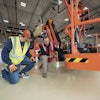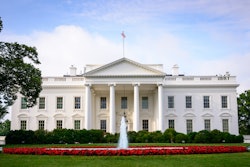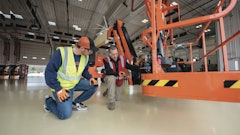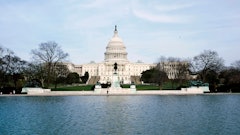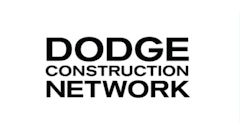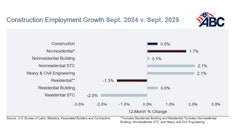
With another election cycle in the books, Donald J. Trump has regained presidential power in the White House and is set to begin his second term Jan. 20, 2025.
The businessman and media personality turned politician served his first term as the 45th U.S. president from 2017 to 2021.
Looking ahead to his upcoming administration, President-Elect Trump promises sweeping action on policy, including taxes, tariffs, climate and energy, and workers’ rights, although, in his first days as president, top agenda items may broadly center on securing the border and improving the economy.
Many in the construction industry view Trump’s second term as an opportunity for growth and progress.
“This is an exciting day for our industry,” said Associated Builders and Contractors (ABC) President and CEO Michael Bellaman. “ABC is optimistic about the future of America’s construction industry and the opportunities to advance policies that protect free enterprise, reduce regulatory burdens and expand workforce development. With leaders and lawmakers committed to promoting economic growth and supporting the principles of fair and open competition, we are confident that the construction industry will thrive, and all workers will be given the opportunity to build America with fewer obstacles.”
ABC endorsed Trump in July 2024, supporting the potential for overcoming several key industry challenges.
According to Bellaman, “ABC looks forward to working with the Trump administration and Congress to advance policies that solve the issues that the construction industry faces, including the skilled labor shortage of more than half a million, widespread regulatory burdens and inflation and tax challenges.”
Under the new Trump administration, tax policy change is a major topic of discussion. President-Elect Trump has proposed several targeted tax breaks on the horizon, including the elimination of federal taxes on tips, Social Security benefits and overtime pay.
Among other key areas important to the construction industry, materials demand and supply chains will be areas to watch moving forward. Trump’s first administration placed tariffs on imported materials, including steel and aluminum, and goods from China — many of which are critical to production in the construction environment.
President Biden elected to maintain many of these Trump-era tariffs, and in some instances, even increased tariffs on many items, including batteries, semiconductors, solar panels and electric vehicles.
On the campaign trail, Trump promised to impose tariffs of up to 60% on all goods imported to the U.S. from China and 20% on other U.S. imports.
According to ABC Chief Economist Anirban Basu, Trump’s incoming trade policies increase uncertainty regarding construction materials costs.
“Beyond the implications of potential tariffs, input prices may rise in the short term if purchasers rush to import materials prior to the implementation of those policies. As of October, contractors expected their profit margins to expand through the first quarter of 2025, according to ABC’s Construction Confidence Index. That portion of the index will bear close watching as trade policy shifts in the coming months.”

